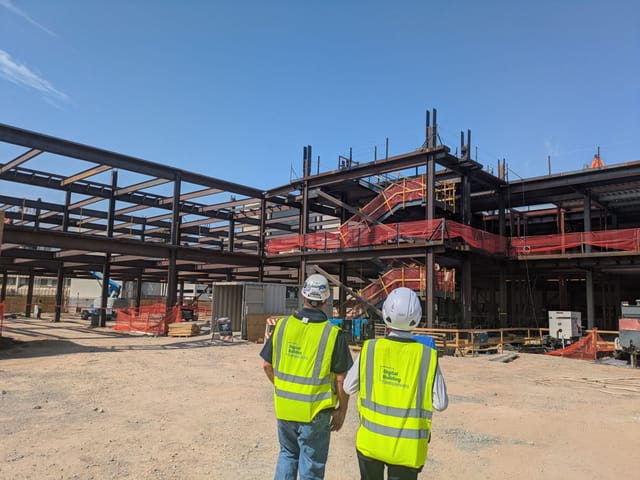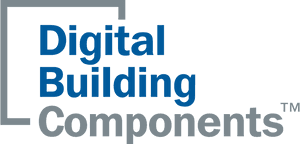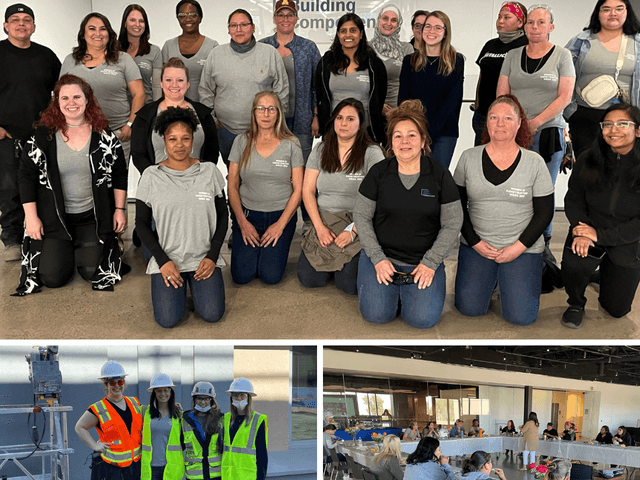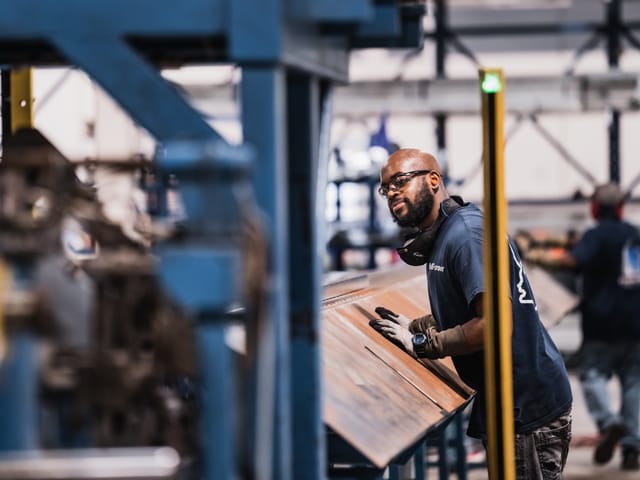Since modular building components are only built in indoors, no material is lost or damaged from exposure to unpredictable elements. Weather doesn’t affect factory production, keeping product outcomes on time and as expected. DBC’s production facility is also located in sunny Phoenix, Arizona, where the dry, warm climate is ideal for delivery fulfillment year-round. With efficient and near exact material use, little to no extra energy is consumed to replace damaged building components.
The lean design method also lends to a leaner construction and delivery process. Reducing the amount of delivery vehicles needed to transport product to the jobsite helps curtail the consumption of fossil fuels and their associated emissions.





